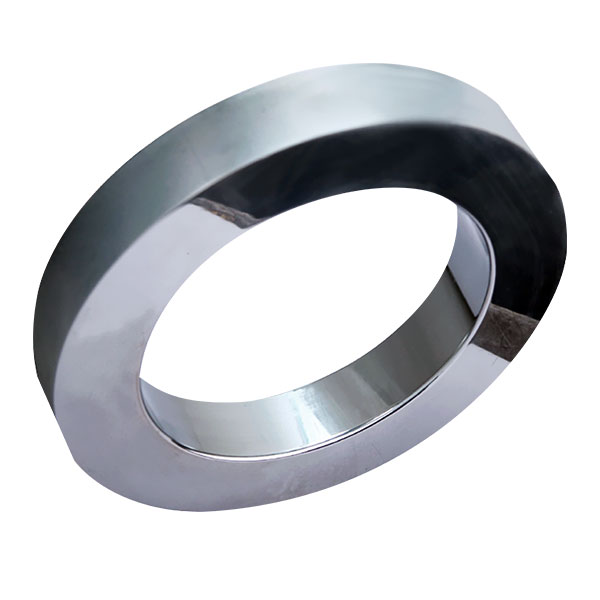Array
Stamping and forming dies
In stamping and forming processes, dies often fail early due to wear, sticking, galling, fatigue fracture, etc. ......- Industry ApplicationsStamping Molds Plastic Molds Die Casting Molds Drawn Molds
The main challenges of modern molding tools
- The hardness and strength of the steel plates are getting higher and higher, giving the molds all kinds of serious wear and tear, straining, and sticking problems.
- At the same time, customers are demanding higher product precision and longer mold life.
- Traditional surface treatment process TD, although the hardness is high enough, but due to the treatment temperature is too high, the mold will often be deformed, or even cracked scrap.
- Coated molds will still pull.
Advantages of NanoShield Coatings for Forming Molds
- In response to the challenges of modern molding tools, NanoShield has developed a unique line of "Dubba" coatings. We first infiltrate a 50-200 micron hardened layer at low pressure on the mold steel surface, and then deposit our unique SXL film on the support of the hardened layer. This is followed by a stress absorbing S film, then a very thick stress absorbing film crossed with a high hardness film to accumulate more than 5,000 layers of X film, and on top of that a low coefficient of friction L film is deposited to prevent sticking of the material.
- The total thickness of the DuraBlast coating can be up to 40 times that of a typical PVD coating, so it will not be strained when it encounters hard spots in stamping molding, and the life of the mold and the surface accuracy of the product will be greatly improved.
- Dubba is a low-temperature process, and molds will not warp or crack. We are even able to handle patched molds beyond the limitations of the traditional TD process.
 Naxau Vacuum Coating Processing - Naxau AM
Naxau Vacuum Coating Processing - Naxau AM

